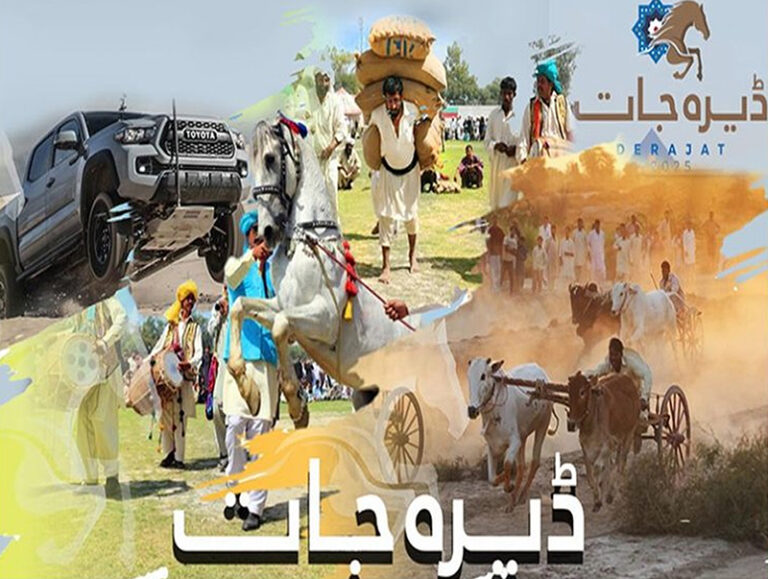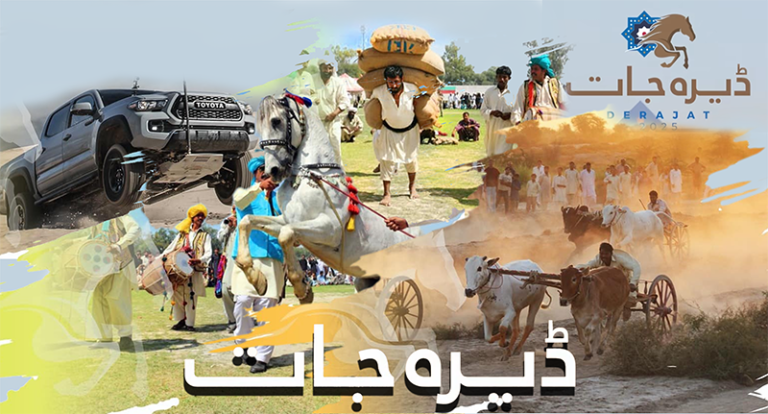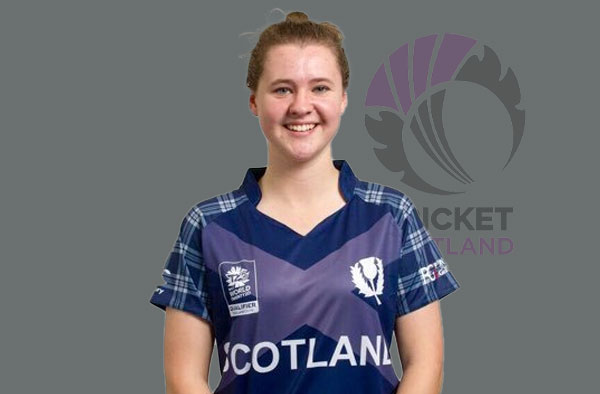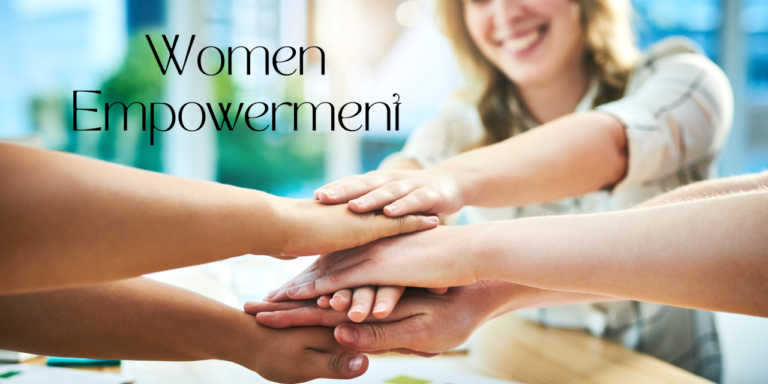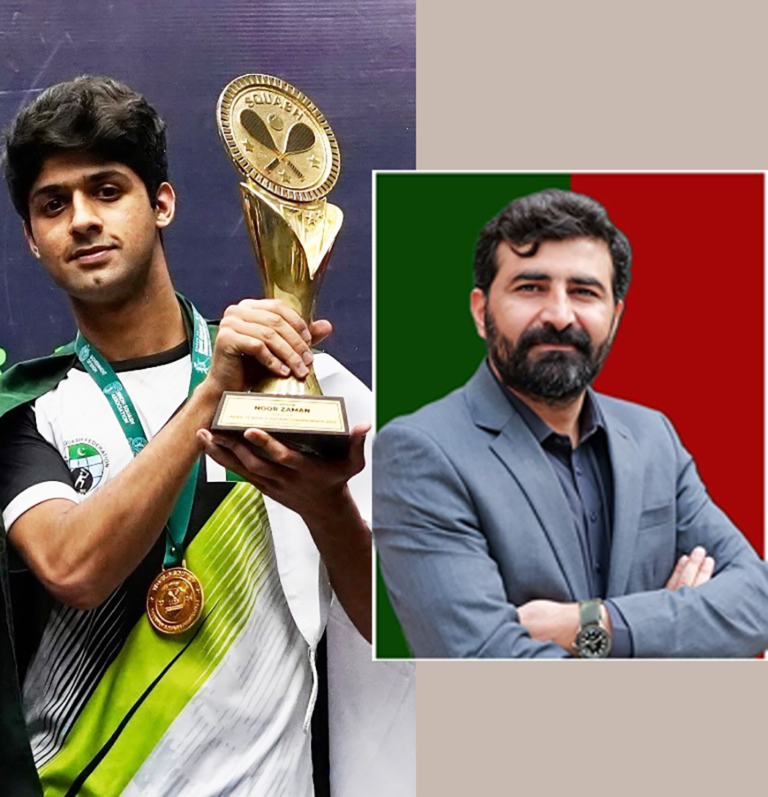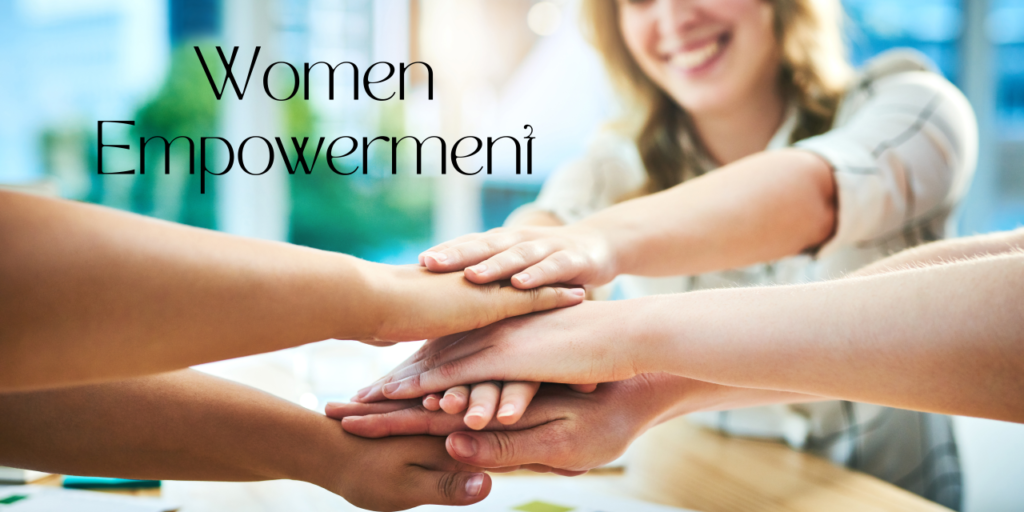
By Ijaz Ahmad Khan
PESHAWAR: With the wedding season in full swing across Khyber Pakhtunkhwa, beauty parlors are experiencing a boom, generating significant income for their families.
Among those benefiting is 40-year-old Saiqa Bibi from Pabbi, Nowshera, who is thrilled by the surge in business at her beauty parlor.
Busy like a honeybee preparing brides for their big day, Saiqa earns around Rs. 20,000 per bridal makeover—substantially contributing to her family’s financial well-being.
“I started this beauty parlor in 2015 after failing to secure a suitable government job despite completing my education, applying and I have never looked back,” Ms. Saiqa told Sport Lines on Sunday.
Calling the beauty parlor industry a profitable venture, she encouraged aspiring women to learn proper techniques from certified parlors or technical institutions before entering the field, especially given the rising competition.
“Without my husband’s support, it would’ve been impossible to continue this demanding work,” she said, adding that each bridal makeover typically takes two to three hours.
Despite facing socio-cultural barriers, Saiqa is determined to open a beauty parlor school in her hometown, advising girls to complete their education first for a more dignified life.
“Pakistan has given us everything—our identity, prestige—now it’s time we contribute to its progress and prosperity,” she added.
Like Ms. Saiqa, hundreds of thousands of women across Pakistan are playing vital roles in the nation’s development.
Iconic figures such as Fatima Jinnah, Begum Rana Liaqat Ali Khan, Benazir Bhutto Shaheed—the first female Prime Minister in the Muslim world—Nobel laureate Malala Yousafzai, labor rights activist Syeda Ghulam Fatima, martyred pilot Marium Mukhtar, UN goodwill ambassador Muniba Mazari, two-time Oscar winner Sharmeen Obaid-Chinoy, and Punjab CM Maryam Nawaz Sharif have all inspired generations by breaking barriers and making Pakistan proud.
Professor Dr. Muhammad Ibrahim, former Director of Education KP, emphasized the significance of vocational training for women’s economic empowerment.
“Technical and vocational education equips women with the skills needed for employment,” he said, urging young women to enroll in polytechnic institutes and vocational centers for a prosperous life.
Despite progress, KP still lags behind in this sector due to deep-rooted cultural taboos and socio-economic obstacles. Dr. Ibrahim pointed out key challenges including outdated course materials, insufficient investment, and a lack of modern infrastructure and qualified instructors.
He highlighted the Skill Verification Program as a step towards bridging the gap between informal skill acquisition and formal employment, offering certification to skilled individuals trained outside traditional systems.
Dr. Zilakat Malik, former Chairman of the Economics Department at the University of Peshawar, stated that 64% of Pakistan’s population consists of youth, with 40.3% between the ages of 15 and 29. This youth bulge is expected to double by 2050, creating an urgent need for job creation in both public and private sectors.
He stressed the increasing demand for skilled workers due to CPEC and labor requirements in Gulf countries, emphasizing the need for substantial investment in technical education especially girls representing 50pc of the country’s population to drive industrialization and expand SMEs.
“When our youth go to Gulf countries for work, they often spend six months to two years just obtaining driving licenses and learning machinery operations—while workers from neighboring countries secure jobs easily due to prior skills,” he said.
By December 2019, over 11 million Pakistanis had gone abroad for employment, with 96% opting for Gulf nations like Saudi Arabia and the UAE. Remittances from overseas Pakistanis totaled $21.84 billion in 2019, with 60–65% coming from Arab states. These figures could grow with better-skilled labor being exported.
“CPEC has the potential to create 1.2 million jobs, especially in sectors like agriculture, food, tourism, mineral processing, oil and gas that will also benefit skilled educated women ,” he added. “We must invest in technical education to tap into the vast potential of our youth and girls students.”
Ikhtiar Wali Khan, the PM’s aide on KP Affairs and Information, highlighted various government initiatives under the Prime Minister’s Youth Program especially promotion of technical education and women’s empowerment.
These include 2,000 internships for engineers, youth transformation programs across 20 underdeveloped districts including KP, innovation funds, and 75 national talent scholarships, along with the free laptop scheme include women.
He criticized the PTI government for inadequate investment in technical education and failing to implement a uniform education system despite promises of reforms.
Engr. Sajjad Khan, former MD of TEVTA KP, noted the need for large-scale funding to build and enhance technical institutions in districts like Torghar, Kolai Palas, and other merged areas—focusing on infrastructure, equipment, faculty training, student transport, and solar-powered facilities.
To promote self-employment, TEVTA KP has signed agreements with 32 reputable private organizations.
Projects worth Rs. 1 billion have been launched for equipment and training, with TEVTA’s budget growing from Rs. 3 billion in 2016-17 to Rs. 7 billion in the last fiscal year.
The KP government has also announced a sub-campus of the National College of Arts (NCA) in Peshawar, allowing students to study architecture, fine arts, ceramics, and textiles closer to home.
Interest-free loans are being provided to women entrepreneurs associated with SMEs. Additionally, the government is encouraging women to compete in public service exams like KPPSC and ETEA.
Family-friendly policies such as flexible hours, paid parental leave, and child care facilities are also being implemented to support working women.
Despite the strides made, experts emphasize the need for a multifaceted strategy to achieve true gender equality—addressing systemic barriers, changing societal mindsets, and ensuring women not only access jobs but also thrive in women’s leadership roles.
